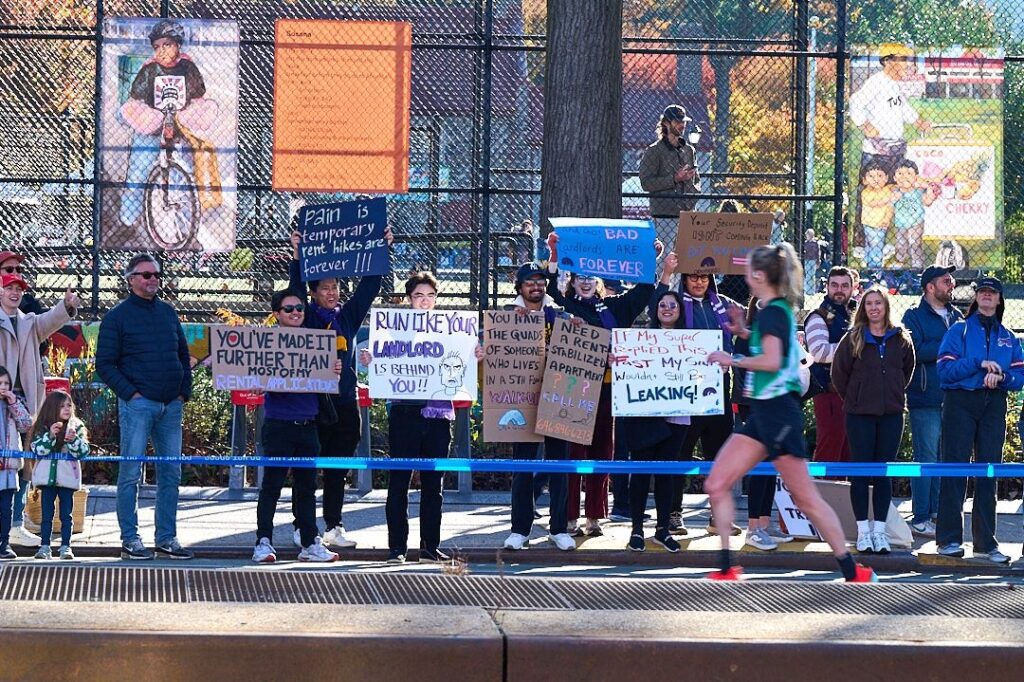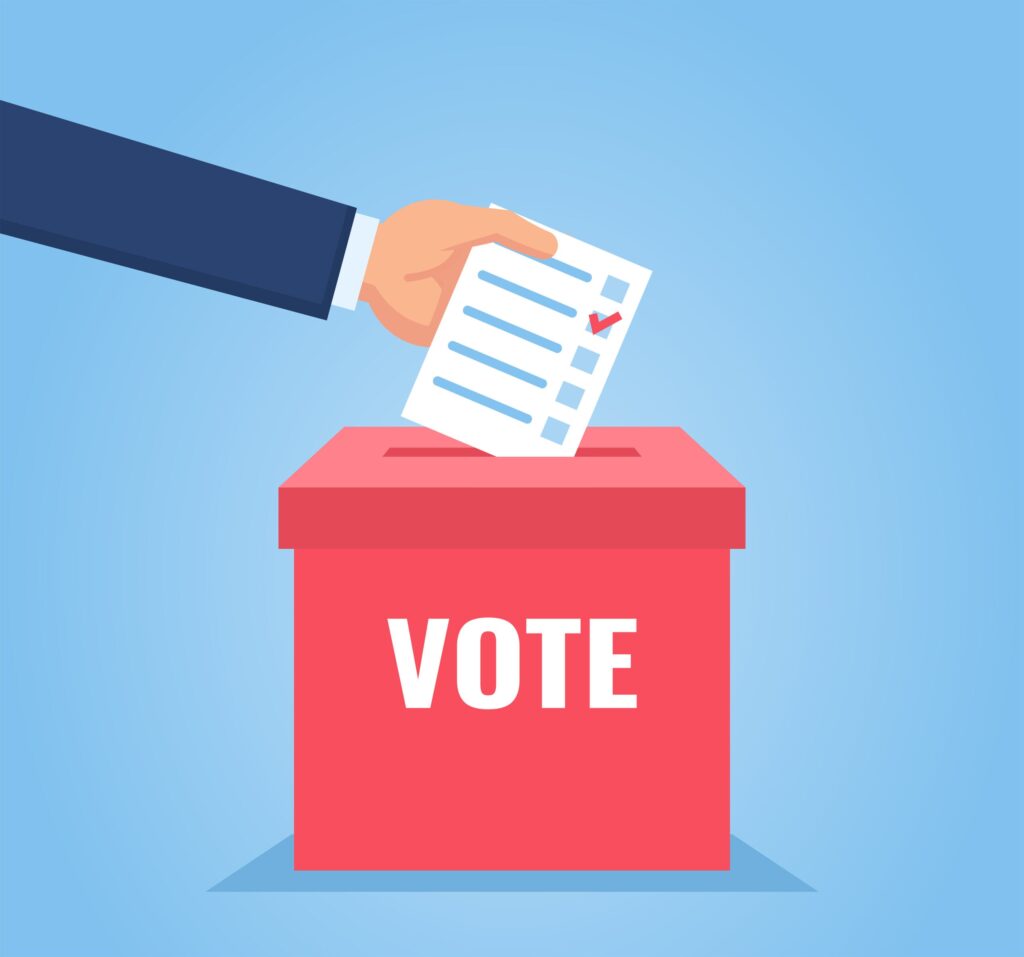FOR ALEX WATERS, THE WEEKEND SHE spent with her mom in Indianapolis was “the best vacation of my entire life. Most people would say a Hawaiian vacation or something,” the 11-year-old says. “I loved having time with my mom.”
Waters spent the day with 25 girls and their moms as guests of Parsippany, NJ-based Nabisco Biscuit Co. and nonprofit Girls Inc. at one of 100 mother-daughter workshops Nabisco’s SnackWell’s brand has sponsored since October. (Her mom, Dori Molitor, is president of WatersMolitor, the Minneapolis agency working on SnackWell’s campaign.)
The workshops in 25 cities are the first leg of promotions supporting SnackWell’s’ year-old relaunch as the brand looks to reestablish an emotional connection with women. Nabisco and Girls Inc. spent the spring fine-tuning their workshop format and may add more markets in fall or develop a do-it-yourself kit for consumers to use at home.
Nabisco has yet to reach full speed on an estimated $50 million worth of promos for SnackWell’s this year, but may come on strong for the second half now that it has ironed out most of the kinks in its sales and distribution system. The new structure should be national by mid-year. Fourth-quarter 1998 cookie/cracker share gains were Nabisco’s first in two years.
But SnackWell’s is still hurting. Cookie sales fell 16 percent to $138 million in supermarkets for the 52 weeks ended Jan. 3, per Information Resources Inc., Chicago. Nabisco reports first-quarter sales also are down, but says new items like Mint Creme cookies are selling well.
Enter relationship therapy as promotion strategy. “We want to spend our money on things women care about,” says Terry Preskar, Nabisco’s senior business director of wellness. “We had been spending it in very tactical ways. Coupons are important, and they’ll continue to be part of our plan. But we wanted to add an overlay that shows women we care about the same things they do. We want to provide an experience for people, not just a donation. That’s important to demonstrate our credibility.”
SnackWell’s team looked to sister brand Oreo as “our gold standard,” Preskar says. “It was the kind of emotional relationship we wanted to create, with different dimensions and a different audience.”
Nabisco gives New York City-based Girls Inc. $500,000 over two years. In exchange, Girls Inc. helped develop and executes the workshops for girls nine to 13 and their moms. Couples pay $20 and 10 SnackWell’s UPCs to enroll. In separate sessions, moms and daughters discuss goals and create a portrait of each other. Then they come together to compare notes and set goals together. Nabisco brought in cable TV network Lifetime as a sponsor in exchange for airing a half-hour show on the workshops in mid-May.
SnackWell’s presence at workshops is subtle. Waters remembers choosing one cookie from a plateful as a device to divide the girls into teams for charades, but says the brand wasn’t obvious. Workbooks and posters bear a new brand icon that SnackWell’s will begin putting on packages later this summer. The icon is “a nice branding element when you don’t want to plaster your logo all over everything because you don’t want people thinking it’s too commercial,” Preskar says.
“They’re not there marketing SnackWell’s,” Molitor says. “This is more about putting your brand essence out there and letting consumers choose to participate than about doing a promotion to them.”
A national March-April promo offered a mother/daughter journal free with the purchase of two SnackWell’s products. Signs on pre-packed shippers reminded consumers it was six weeks until Mother’s Day.
Nabisco didn’t want to alienate women without kids, so it tested the idea with mixed focus groups. Women of all ages liked it, because “all women are daughters, and they immediately thought of their own mothers,” Preskar says. “And women support making things better for the next generation.”
Preskar’s staff pitched the idea to senior management last August. New execs coming in since then – Nabisco Holding president Jim Kilts, Nabisco Biscuit president Rick Lenny, vp-marketing Sharon Fordham – could have stalled plans. They didn’t, despite the unconventional strategy.
“Our marketing plan has all the traditional tactical bases covered, but we also… try to do other things that we have a lot of heart for, that over time will really build an emotional bond,” Preskar explains. “We’ve had tremendous senior-management support.”
The shifts may have postponed budgets, though: Second-half likely will see a burst of activity. Nabisco nearly doubled second-half ad spending last year to $23.5 million, according to Competitive Media Reporting, New York City.
Workshop attendees go into SnackWell’s burgeoning database, and get mailings or e-mail follow-ups. Daughters don’t get a separate listing, but Nabisco may ask them at future workshops if they want to sign up – if Mom approves. All mailings and online offers are customized by consumer requests.
Nabisco is still working to beef up snackwells.com, setting links with lifestyle and health sites. Brands walk a fine line offering health info that could be taken as product claims, so Nabisco prefers links to other information sites.
SnackWell’s is sponsoring LPGA pro Juli Inkster and will sample this year at 11 LPGA tourneys, health fairs and events like a five-kilometer race hosted by gab queen Rosie O’Donnell last month. Preskar is considering workshops for moms and sons, and for grown daughters.
“There are so many opportunities to develop programs. This is where I want more money,” laughs Preskar, who safeguards against spreading SnackWell’s’ resources too thin.
During test workshops, “we’d sit in the back and cry,” Preskar says. “The mothers get very emotional when they’re with each other – they form such fast bonds. It’s nice to watch, but it’s emotional. It’s wonderful to watch the girls reach out to each other.”
Preskar tells of one girl from a troubled home who couldn’t list things she does well. “I was sobbing in the back to watch the other girls support her. At the lunch break they all came out holding hands.”
For 11-year-old Waters, the worst part of the weekend was going to bed. “I wanted to stay up forever.”
About the Partners Girls Inc., New York City, serves 350,000 children six to 18 at 1,000-plus sites nationwide, such as YMCAs, schools, and churches. Founded in 1945 as Girls Clubs of America, the nonprofit gives girls the tools to feel more in control of their lives. Half its girls live in single-parent homes, most headed by women. See www.girlsinc.org.
Lifetime Television, New York City, was founded in 1984 and relaunched as “television for women” in ’94, with more original programming and public service initiatives. Since then, its prime-time ratings shot up 110 percent.



